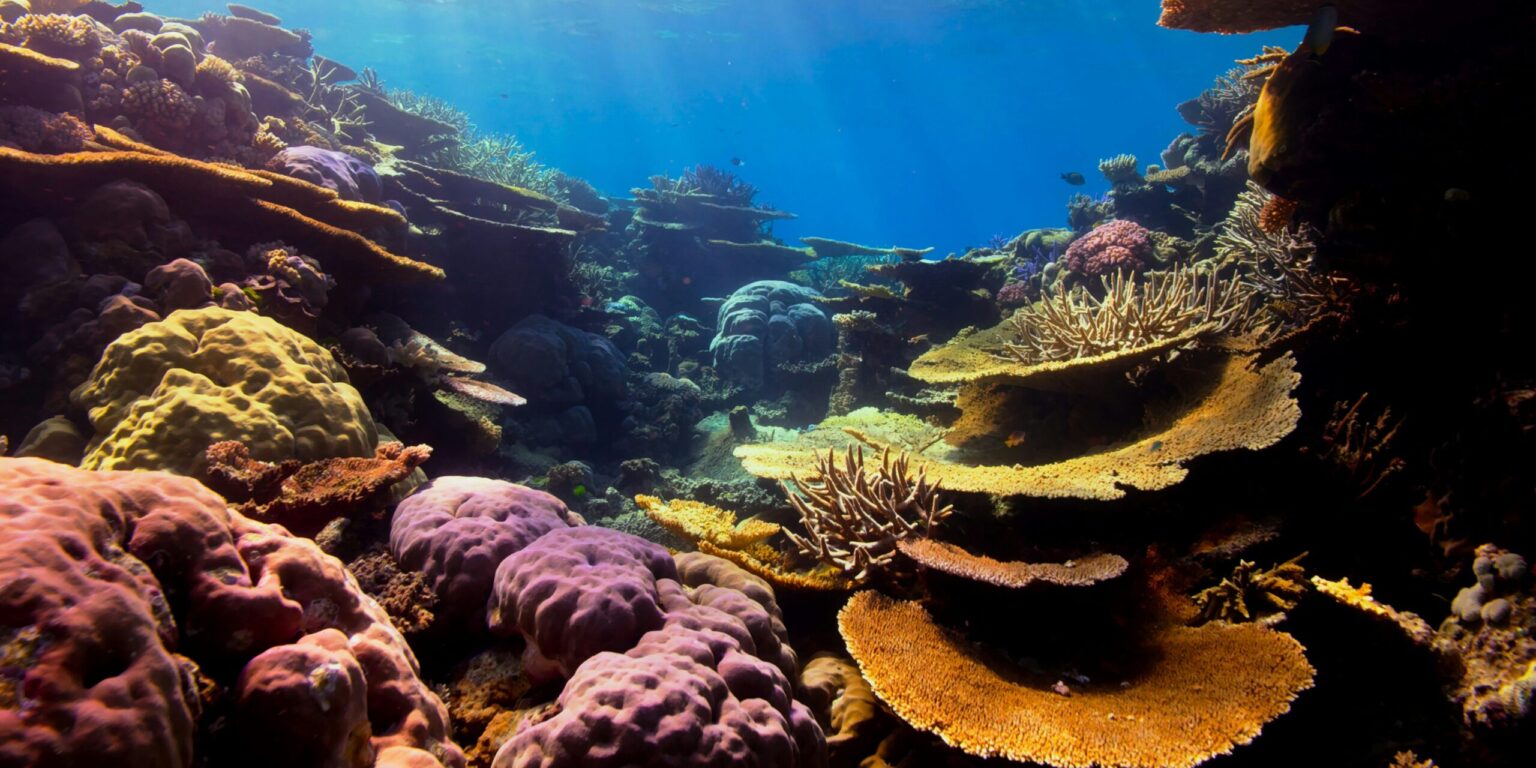America’s national parks are receiving an unprecedented boost in funding aimed at addressing climate change, protecting natural habitats, and restoring fragile ecosystems. Thanks to the Inflation Reduction Act of 2022, the National Park Service was allocated $700 million beginning in 2024. This funding is already being put to work across dozens of parks, strengthening resilience to climate impacts and safeguarding critical resources. Among the most promising projects is a $5.3 million effort to combat coral disease and restore reef ecosystems at several national parks, including Dry Tortugas in Florida and multiple protected sites in the U.S. Virgin Islands.
The coral project stands out because it addresses a crisis that has been quietly devastating marine ecosystems across the Caribbean and Florida Keys. Stony coral tissue loss disease, first identified in Florida in 2014, has spread rapidly and destroyed significant portions of coral reef systems. Unlike other coral afflictions, this disease can kill large, centuries-old coral colonies in a matter of weeks. Healthy reefs are vital not only for marine biodiversity but also for coastal protection, tourism, and fishing economies. Without intervention, experts warn that the loss of coral reefs would have cascading effects on both ecological balance and human livelihoods.
With support from Inflation Reduction Act funding, national park scientists and their partners are treating corals directly in the water. Using a specialized antibiotic paste, divers carefully apply medicine to diseased corals, sealing the edges of infected areas and halting the progression of the disease. While this technique cannot cure the underlying cause, it has been shown to save the majority of treated colonies, buying time for broader restoration efforts. In parallel, restoration teams are working to propagate healthy corals in nurseries and reintroduce them into reef environments, creating the foundation for future reef recovery.
This work is unfolding in six national park sites with coral reef management responsibilities. Beyond Dry Tortugas, the initiative extends to Biscayne National Park in Florida as well as Buck Island Reef National Monument, Salt River Bay National Historical Park and Ecological Preserve, Virgin Islands National Park, and Virgin Islands Coral Reef National Monument. Each of these locations holds significant ecological and cultural value, and together they form a frontline in the battle to protect coral reef systems in U.S. waters.
For the National Park Service, the coral initiative is part of a larger strategy made possible by the Inflation Reduction Act. In addition to reef conservation, funds are being used to strengthen park infrastructure against floods, hurricanes, and wildfires, to expand staffing and scientific capacity, and to improve visitor safety while reducing environmental impact. Parks across the country are applying the funding to region-specific challenges, from rising sea levels in coastal areas to increasing wildfire risks in the West.
The coral restoration effort also highlights the value of public engagement in conservation. Park rangers, scientists, and volunteers are working together to monitor reefs, collect data, and help care for coral nurseries. Visitors to some parks are even invited to learn about coral health and see restoration work in action, deepening public understanding of how climate change and disease affect marine ecosystems. This combination of federal investment and community involvement ensures that conservation is not confined to laboratories or policy rooms but happens directly in the environments where it is needed most.
Environmental groups have welcomed the initiative, pointing out that it shows how targeted federal funding can deliver immediate, measurable outcomes. Healthy coral reefs support countless species of fish and marine life, contribute to shoreline protection, and generate billions of dollars in economic activity through tourism. By investing in their protection now, the National Park Service is helping to secure both ecological stability and economic resilience for generations to come.
The broader message is one of optimism. While the challenges posed by climate change and environmental degradation are immense, projects like this coral conservation effort demonstrate that effective, science-driven solutions exist and can succeed with proper support. The Inflation Reduction Act has provided not only funding but also a framework for bold, forward-looking environmental action. For America’s national parks, this represents a rare opportunity to prepare for future challenges while actively restoring some of the country’s most treasured natural resources.
The coral conservation initiative serves as a reminder that national parks are more than destinations for recreation. They are living laboratories, refuges for biodiversity, and symbols of America’s natural heritage. By restoring coral reefs and strengthening ecosystems, the National Park Service is not only protecting the beauty and health of these environments but also ensuring that future generations will inherit landscapes and seascapes rich with life.
